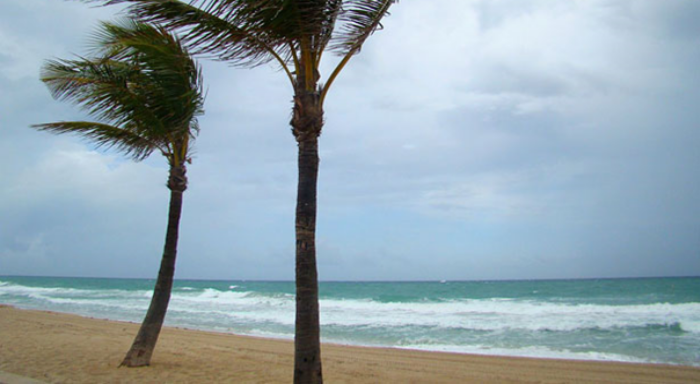
Cladding systems provide the required and necessary protection for the interior of buildings and can be installed at any time on any structure. Such systems provide a degree of enclosure and are usually made of lightweight material to minimize the additional load imposed on a specific structure. Heat and wind shield cladding provides protection against rising heat/temperatures, heat radiation and harsh winds from the outside.
In this article, I will describe the necessity of heat and wind shield cladding and how it provides protection and safety to people and equipment.
The purpose of heat and wind shield cladding
Heat shield cladding aims to protect e.g. walkways, staircases and escape routes on offshore platforms and pump installation, pipelines and manifolds on tank terminals against heat radiation. Also, protection of firefighters from a significant portion of the heat during a firefighting situation is one of the objective of heat shield panels. The panels also offer a cost reducing solution compared to expensive sprinkler systems around tanks and pipe racks.
Wind shield cladding aims to protect e.g. walkways, staircases and escape routes on offshore platforms against wind from the outside. Especially in the offshore industry this can be very important. Offshore winds are more severe and can be damaging to equipment and cause difficulties for workers within a structure. Wind shield cladding, therefore, is the best solution to avoid such risks.
Usually, both these panels are fully bolted, heavy-duty and lightweight. Bolted systems are easy to install without hot work, so in most cases it can be installed when the platform (or installation) is already fully operational. A high quality, lightweight, corrugated heat and wind shield cladding, can provide protection against wind and heat radiation reduction up to 94%. To meet the project requirements, the heat and windshield panels can be perforated. Heat and windshield cladding can be supplied in stainless steel and can exists of the types:
- Perforated cladding
- Non-perforated cladding
- Wire mesh cladding
- Double mesh cladding
- Gastight cladding
- Non-gastight cladding
It depends on the requirements for ventilation, level of radiation reduction and gastight properties which type will be best suitable for a specific project.
Conclusion
A thorough risk analysis on heat and wind risk will reveal whether heat and wind shield cladding systems will be of necessity for a project. The safety and protective capabilities of these systems will improve the efficiency and productiveness of a working day and ultimately provide the best safety solution.
Want to know more about cladding systems and how they can help to improve a (offshore) structure?
Download our eBook on Cladding systems!





